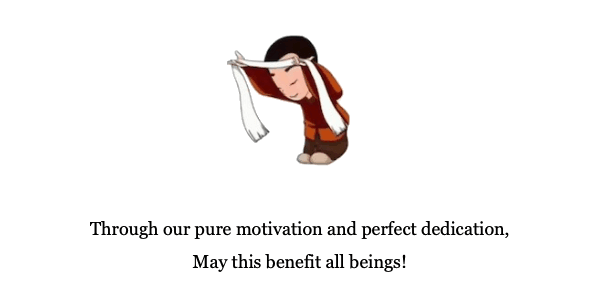09-Validating Relative Truth Statement
One of the lack of wisdom today shows a general tendency for most people to express their limited understanding of truth based on conflicting emotions. This is called relative truth and is not less real that its opposite, ultimate truth.
As ordinary beings living in samsara, we are mostly riding on relative truth. Doing so efficiently is a needed method to access ultimate truth. As a result of achieving clarity in the overwhelming samsaric environment we live in, it is by freeing ourselves of the bondages of our emotions, that we can achieve enlightenment.
What impedes us is called the three poisons : Aversion, attachment and ignorance.
- Of these three, Aversion | Anger is the most easy to recognise and to abandon as it is felt as bad and being harmful in a most obvious way.
- Attachment | Cupidity is certainly noticeable also easily, yet it is more difficult to see as a “bad”thing to be abandoned.
- Ignorance | Indifference by definition is not only difficult to remedy but it is most difficult to recognise.
This most difficult state comes from a permanent separation from universal reality while being caught in the torpor of unawareness and the subsequent lack of ability to access our wisdom mind. Our daily life-experience make us face more than ever, a series of statements and choices which, rooted in the prevailing ignorance of kaliyuga, bring us in the extremely difficult position of being inapt to know clearly what to accept and what to reject in the relative truth phenomenal world.
Fortunately, the Sacred Dharma provides us with an answer to remedy this incapacity.
As we examine a relative truth statement, there are ways to reflect and analyse the situation through four criteria presented below by their inverted degree of importance. These are the criteria of investigation based on four questions to ask ourselves in order to validate the statement that comes to mind enabling us to validate that statement or not:
- Relative truth statement (RTS) is defined by consensus;
- RTS statement is usable; it has a purpose in solving of suffering;
- RTS is made of everything that comes within the sphere of causes, conditions and effects; (for materialist people this is ultimate truth.)
- RTS Is foreseeable. Anything that is not foreseeable is not relative truth. i.e. that the statement has continuity.
Moreover, the Buddha Dharma teaches us Four ways of Validating Relative Truth
- By Direct cognition;
- By Analogy;
- By relying on the Words of Buddha and commentaries of the great Masters of the past;
- By reasoning or Logic.
For example, if we face the Relative Truth Statement about reincarnation, which is a Relative Truth concept, we can easily come to the validating conclusions that:
- It has been adopted through consensus (Assemblies of learned pandits have studied the question);
- It has a purpose in understanding suffering;
- It is standing the law of cause, condition and effect;
- It is foreseeable.
- When saying that something does exist relatively, one is underestimating;
- When saying that something is existing ultimately one is overstating.
- If so, this becomes a violent path.
When applying an analytical analysis on a relative phenomena, if it disintegrates, then this is Relative Truth and not to be taken as ultimate.
If these who are Buddhist but are materialist or other residuals, this will become a religion that can be used to impose the Buddhist Republic of Telephobia.
Such a path becomes extreme.
Because middle way can never be used as a thread.
Once you use the analytical method to find about reincarnation, then it is deconstruction.
You cannot assert that there is reincarnation; you can neither assert that there is not.
FACTORS RELATED TO INVALID RELATIVE TRUTH :
- As a human we have the habit of living in continuity;
- If the materialist can say he can prove that he lives in continuity;
- It is still forged assumption from Buddhist view;
- From Ultimate Truth anything is mumble-jumble.
Reasoning in this way, not being overassertive nor discarding in dismissive ignorance, one comes to abide in the middle-way which is a state of cognisant clarity.
Teaching based on a talk by Dzongsar Kheyntse Rinpoche
given at THEG-CHOG NORBU LING® by Ven. Lama Sangyay Tendzin





